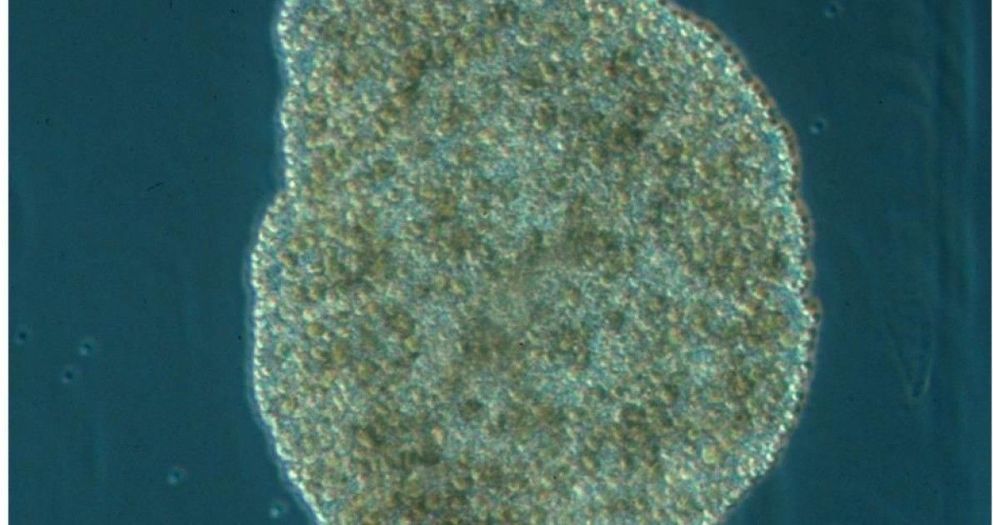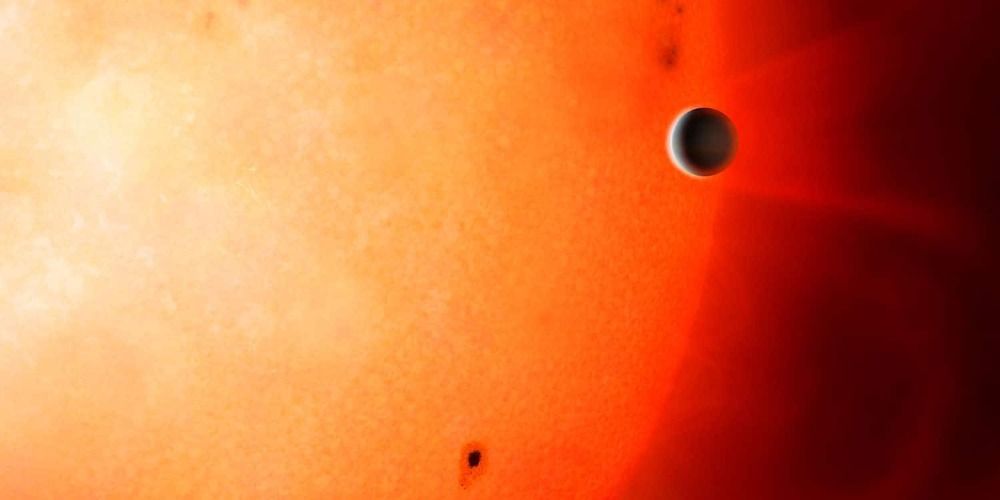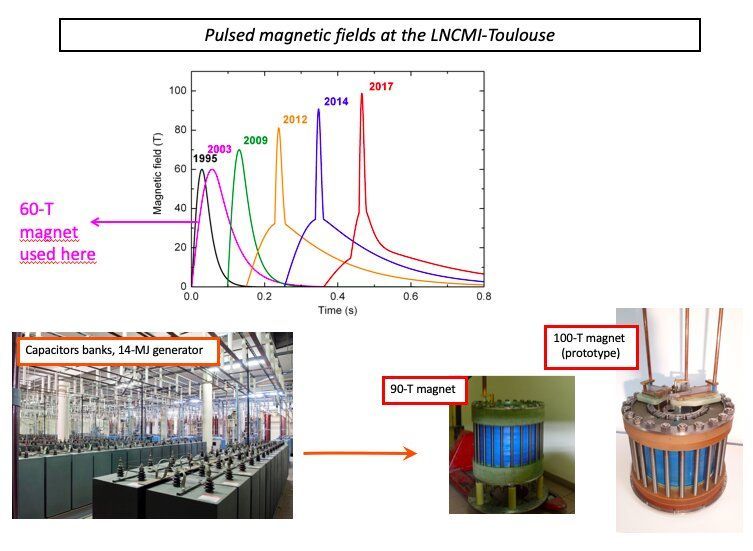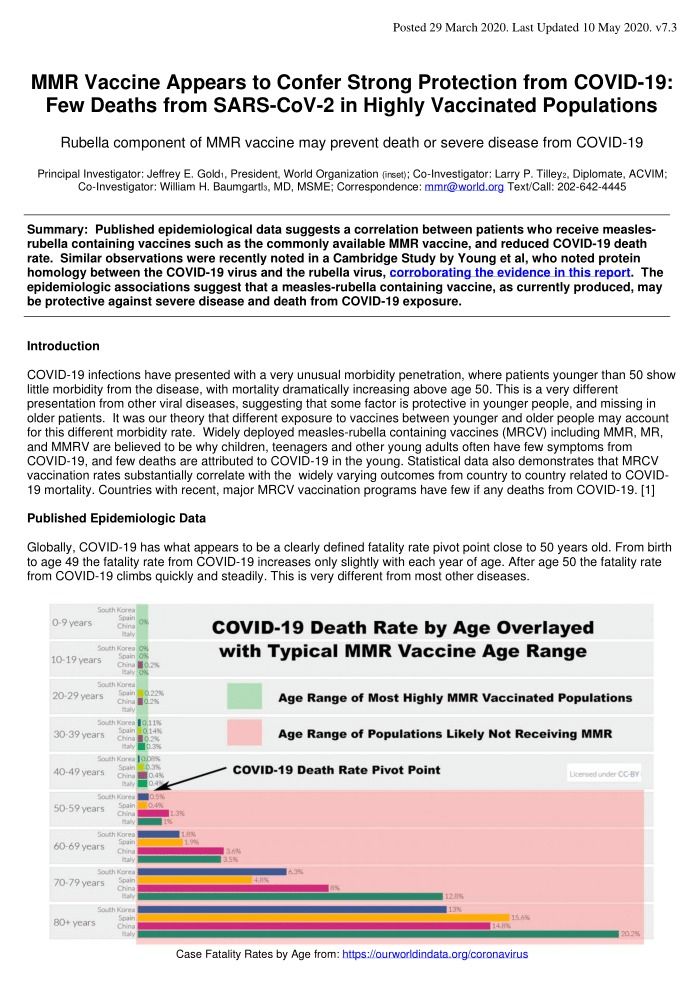Can some animals really exist without a nervous system? Trichoplax, an animal that evolved about a billion years ago, might give us an answer.



Scientists have estimated the mass of the fastest-growing black hole in the universe, and found it is 34 billion times the mass of the sun.

SpaceX has successfully recovered two pairs of Falcon 9 payload fairings (nosecones) – one twice-flown – in one month after twin ships GO Ms. Tree and GO Ms. Chief returned to port on July 2nd.
Around 45 minutes after Falcon 9 B1060 lifted off for the first time with the US military’s third upgraded GPS III satellite in tow and around 40 minutes after the rocket’s payload fairing deployed, both fairing halves gently splashed down in the Atlantic Ocean just a few miles apart. Lacking their main recovery nets in an odd configuration, Ms. Tree and Ms. Chief both fished one half out of the ocean with smaller secondary nets before placing the fairings on their decks for technicians to secure them.
A little more than two weeks prior, both ships were in the midst of recovering the Starlink-8 mission’s twice-flown fairings from the ocean, safely returning them – intact – to shore for the first time since SpaceX began fairing reuse. As SpaceX itself noted at the tail end of its GPS III SV03 webcast, the intact recovery of the mission’s fairing halves all but guarantees that they’ll be reused in the near future.
NASA has released a stunning 61-minute time-lapse video that shows a decade in the life of the sun.
The video was created from images taken by NASA’s Solar Dynamics Observatory.
“From its orbit in space around Earth, SDO has gathered 425 million high-resolution images of the Sun, amassing 20 million gigabytes of data over the past 10 years,” explained NASA in a statement on its website. “This 10-year time lapse showcases photos taken at a wavelength of 17.1 nanometers, which is an extreme ultraviolet wavelength that shows the Sun’s outermost atmospheric layer – the corona.”

Electric motors and electronic devices generate electromagnetic fields that sometimes have to be shielded in order not to affect neighboring electronic components or the transmission of signals. High-frequency electromagnetic fields can only be shielded with conductive shells that are closed on all sides. Often thin metal sheets or metallized foils are used for this purpose. However, for many applications such a shield is too heavy or too poorly adaptable to the given geometry. The ideal solution would be a light, flexible and durable material with extremely high shielding effectiveness.
Aerogels against electromagnetic radiation
A breakthrough in this area has now been achieved by a research team led by Zhihui Zeng and Gustav Nyström. The researchers are using nanofibers of cellulose as the basis for an aerogel, which is a light, highly porous material. Cellulose fibers are obtained from wood and, due to their chemical structure, enable a wide range of chemical modifications. They are therefore a highly popular research object. The crucial factor in the processing and modification of these cellulose nanofibres is to be able to produce certain microstructures in a defined way and to interpret the effects achieved. These relationships between structure and properties are the very field of research of Nyström’s team at Empa.

URu2Si2 is a metal that belongs to the family of heavy-fermion compounds in which several quantum phases (e.g., magnetism and superconductivity) can compete or coexist. These metals exhibit small energy scales that are easy to tune, a characteristic that makes them ideal for testing new physical ideas and concepts.
For instance, researchers have often used these compounds to test theories related to quantum phase transitions, quantum criticality and unconventional superconductivity. Studying heavy-fermion metals could ultimately unveil new physical properties of other correlated-electron materials that have shown promise for a wide range of applications, such as high-temperature superconductors.
A research team at the National Laboratory of High Magnetic Fields (LNCMI/CNRS) in France and Université Grenoble Alpes, in collaboration with researchers at Okayama University and Tohoku University in Japan, recently carried out a systematic investigation of URu2Si2 under a combination of high pressures and high magnetic fields. Their paper, published in Nature Physics, maps out a phase in the material that is so far poorly understood, delineating a complex three-dimensional phase diagram.



Even before the pandemic, public health agencies around the world were struggling to counter increasingly sophisticated efforts to turn people against vaccines. With vaccination rates against measles and other infectious diseases falling in some locations, the World Health Organization (WHO) in 2019 listed “vaccine hesitancy” as one of 10 major global health threats.
To stop the pandemic, the world’s public health experts must win the coming “story war” over vaccine misinformation.